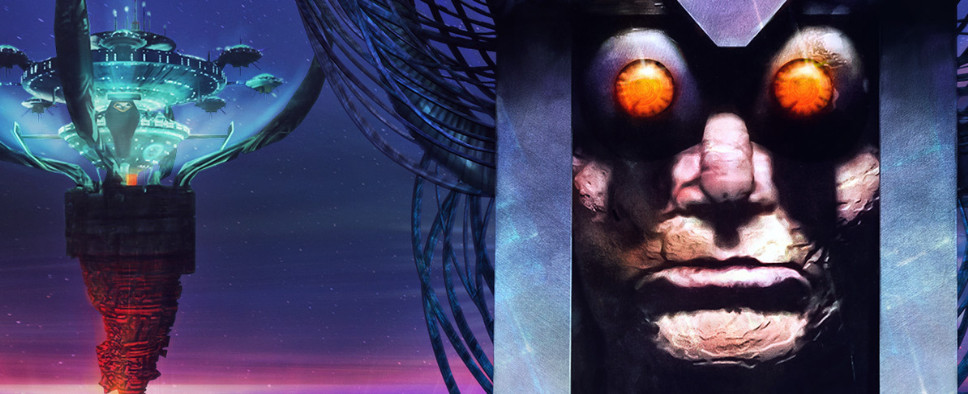System Shock - The Digital Antiquarian
-
Category: News ArchiveHits: 802

Looking Glass Studios’ System Shock gets the attention of The Digital Antiquarian this week. As a result, we can learn a thing or two about the making of this cult-classic immersive sim, its parallel development with id Software’s Doom, and Looking Glass’ ambitious vision for their project.
Here’s a few paragraphs to get you started:
In late 1992, two separate studios began working on two separate games whose descriptions sound weirdly identical to one another. Each was to make you the last human survivor on a besieged space station. You would roam its corridors in real time in an embodied first-person view; both studios prided themselves on their cutting-edge 3D graphics technology. As you explored, you would have to kill or be killed by the monsters swarming the complex. Yet wresting back control of the station would demand more than raw firepower: in the end, you would have to outwit the malevolent intelligence behind it all. Both games were envisioned as unprecedentedly rich interactive experiences, as a visceral new way of living through an interactive story.
But in the months that followed, these two projects that had started out so conceptually similar diverged dramatically. The team that was working on DOOM at id Software down in Dallas, Texas, decided that all of the elaborate plotting and puzzles were just getting in the way of the simpler, purer joys of blowing away demons with a shotgun. Lead programmer John Carmack summed up id’s attitude: “Story in a game is like story in a porn movie. It’s expected to be there, but it’s not that important.” id discovered that they weren’t really interested in making an immersive virtual world; they were interested in making an exciting game, one whose “gameyness” they felt no shame in foregrounding.
Meanwhile the folks at the Cambridge, Massachusetts-based studio Looking Glass Technologies stuck obstinately to their original vision. They made exactly the uncompromising experience they had first discussed, refusing to trade psychological horror in for cheaper thrills. System Shock would demand far more of its players than DOOM, but would prove in its way an even more rewarding game for those willing to follow it down the moody, disturbing path it unfolded.
It was in this moment, then, that the differences between id and Looking Glass, the yin and the yang of 1990s 3D-graphics pioneers, became abundantly clear.

